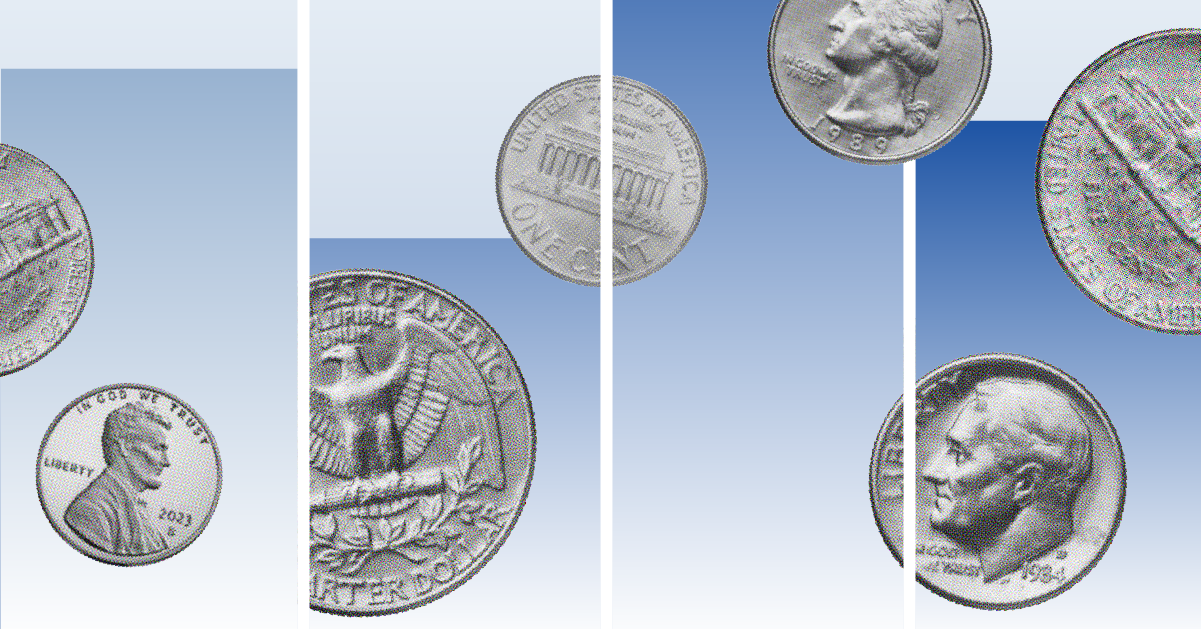Amid the slowdown in China’s infrastructure- and real-estate-led economic model, emerging-market growth stories are looking scarcer. Food and agriculture are commonly cited possibilities. But how much opportunity remains? And where are the pockets of greatest potential? This report examines a broad swath of dietary, demographic, and economic data to answer those questions and identifies the companies best positioned to benefit.
We expect India and sub-Saharan Africa to play starring roles in the emerging-market diets growth story, overturning what has been a China-centric narrative. We expect caloric gains in India in the next decade to exceed China’s impressive growth of the past decade. Intriguingly, the outlook is even better for sub-Saharan Africa, where we expect caloric intake to increase by nearly the total caloric intake of the United States. By contrast, Chinese caloric intake is likely to plateau after the gains of the past three decades, which have pushed calories per capita near rich-country levels.

China will shape food and agriculture markets in a different way: shifts in its dietary mix. Consumption patterns across incomes and the rural-urban divide suggest major changes are still to come. Because saturation occurs at different rungs on the income ladder, the growth potential varies by food type. The outlook is strongest for milk and yogurt. Meanwhile, growth in beer demand is likely to decelerate, but would still put total Chinese consumption on track to double that of the U.S. by 2022.
Income is the main driver of caloric intake among emerging economies. But beyond GDP of roughly $15,000 per capita, calories tend to plateau at 3,100 to 3,500 kilocalories. Emerging countries occupy different positions on the income-calorie curve, implying dissimilar growth potential. With average caloric intake approaching that of rich countries, China’s high growth days are behind it. The same is true of Brazil. By contrast, sub-Saharan Africa, India, and most of Southeast Asia are likely to see robust caloric intake gains in the decade to come.
Because the young and the old require fewer calories, age composition matters to caloric intake. By 2022, rapidly aging China will have an average caloric requirement on par with Japan today, while younger sub-Saharan African, Indian, and Southeast Asian populations portend an age-based lift to caloric intake in the next decade.
Accounting for economic and demographic factors (age, population, and urbanization), we expect sub-Saharan Africa and India to post the largest increases in total caloric intake by 2022. We forecast a 942 billion kcal increase in daily food consumption by 2022 for sub-Saharan Africa and a 684 billion kcal increase for India.
These are meaningful increases that will have significant consequences for global food and agriculture markets. Sub-Saharan Africa’s growth would be equivalent to the total calories consumed by Germany, France, the United Kingdom, and Italy combined. India’s growth would match the total caloric intake of two Japans. Each would exceed China’s caloric gain of the past decade.
While caloric intake growth loses steam past GDP of roughly $15,000 per capita, dietary changes persist much further up the income ladder. Up to around $30,000 per capita, animal products, including meat and milk, typically displace cheaper calories like rice, wheat, and potatoes. Exceptions are typically religious in nature.
Among poorer countries, the outlook for cereals is very positive. In sub-Saharan Africa and India, population growth will magnify rising per capita consumption, driving cumulative consumption increases of 44% and 17%, respectively. The outlook for cereals is negative among higher-income emerging-market countries. We expect total rice consumption to decline 5% in China, the world’s largest consumer of the crop.
China will continue to drive growth in global meat consumption. For its income, China already obtains an unusually high share of its calories from meat. But based on consumption patterns across incomes and the rural-urban divide in China, we see more growth to come: 23% per capita to 2022.
Though slower than the past decade (27%), a higher starting point means a greater absolute gain: 25 billion kilograms annually, slightly more than the total meat consumption of Germany, France, the U.K., and Italy combined (23 billion kg).
Religious dietary restrictions in many key emerging markets, for example, beef among Hindus, pork among Muslims, limit meat’s upside beyond China. Partly as a consequence, poultry is poised to grow faster than other meat categories.
Dietary differences within countries suggest nontraditional foods will make further inroads. Milk and yogurt are a prominent example. In China, where dairy has historically been consumed in very small quantities, consumption patterns reveal greater sensitivity to rising incomes than any other food category. We expect China’s total consumption of milk products to rise 62% by 2022, approaching that of the U.S.





























